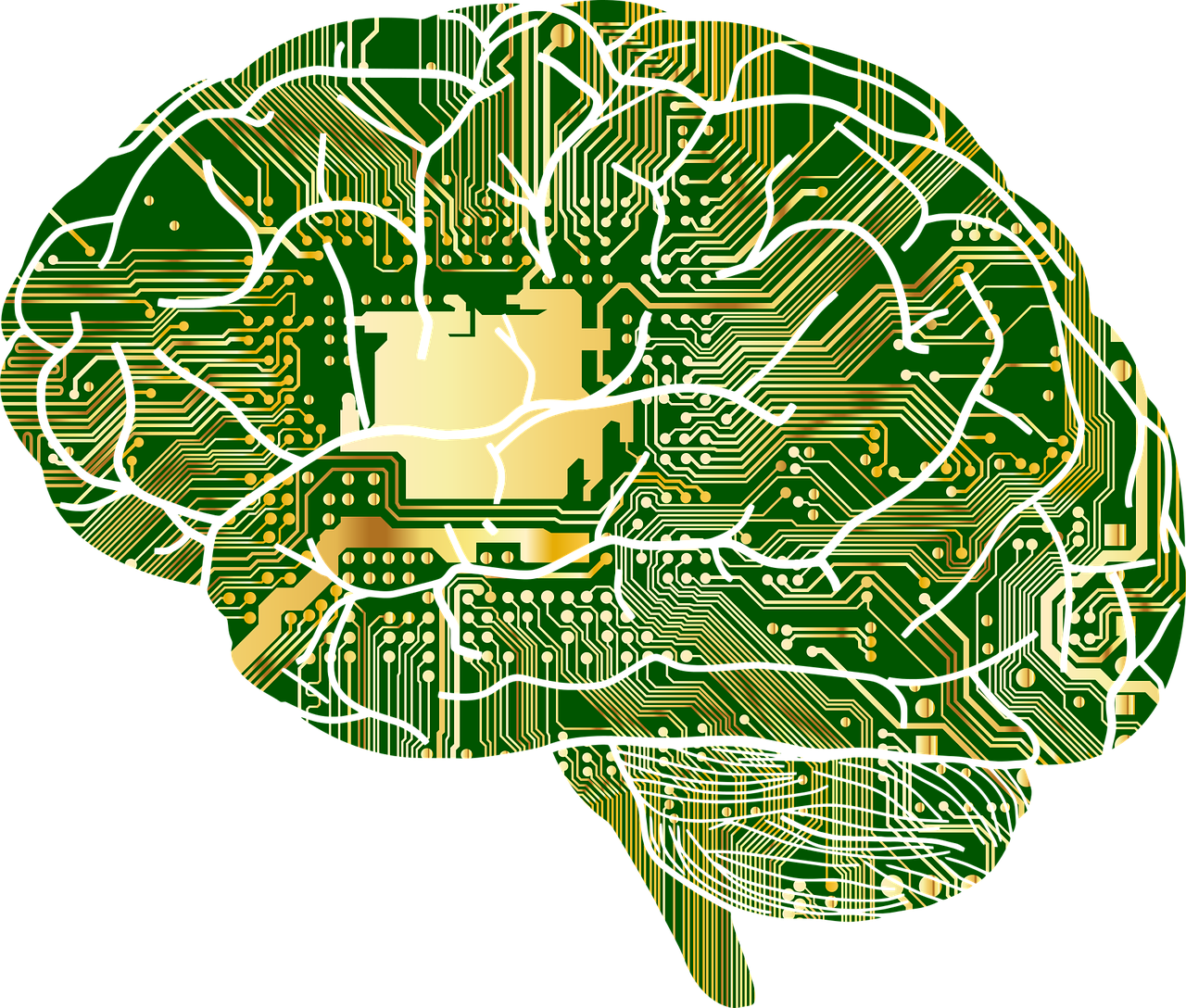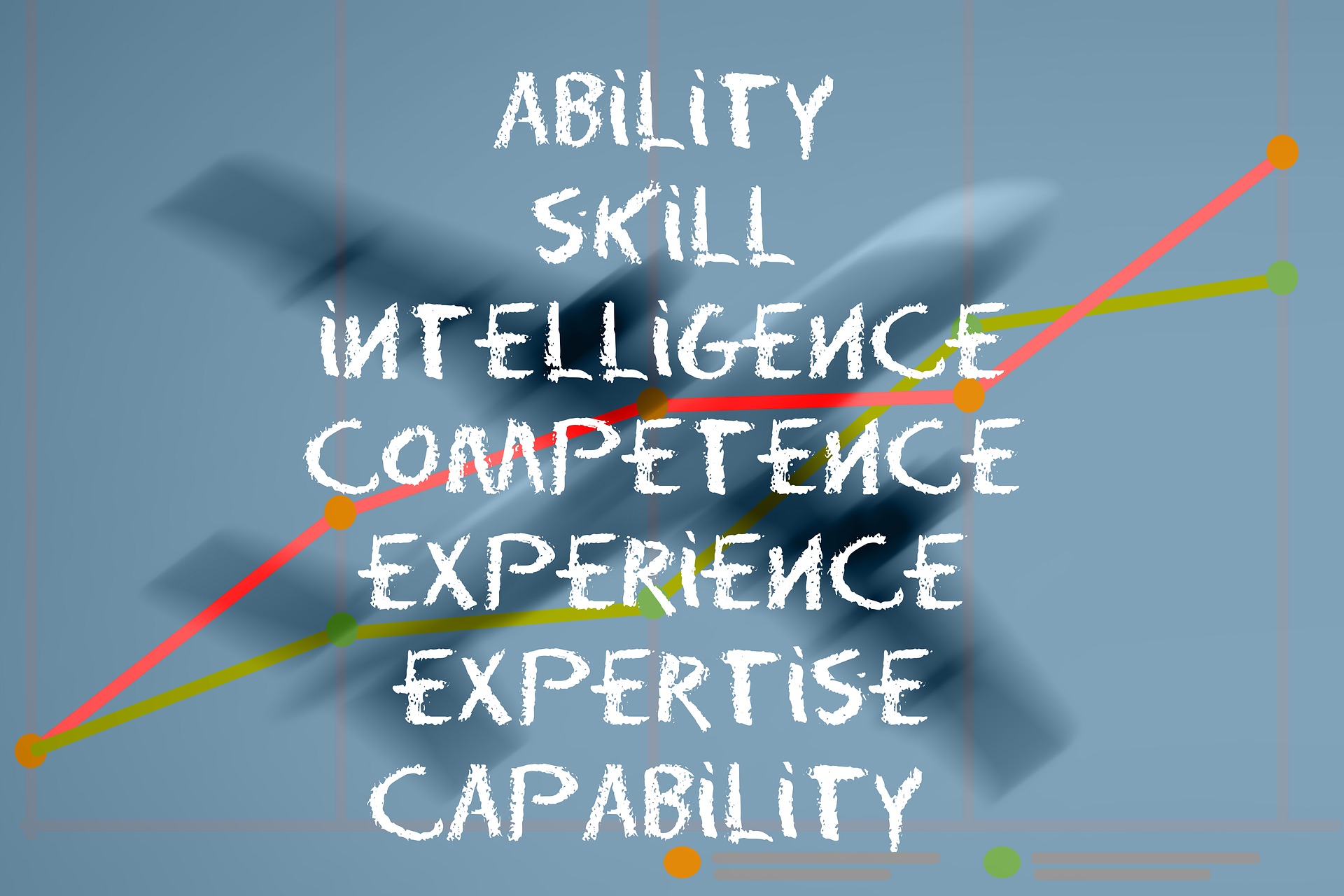IT competence
What is IT competence?
Researchers have defined IT competence in several ways. An overall distinction can be made between conceptualizations of IT competence on organizational vs. individual levels. On an organizational level, IT competence can include both IT infrastructure and IT capabilities of organizations. The former includes hardware, software, data repositories, and networks, as well as the quality and frequency of updates to all IT-related asset stocks. IT capabilities refer to capabilities for selecting, acquiring, configuring, and implementing IT in the organization [1,2]. This can include systems analysis, application support, project management skills that enable successful information systems implementation, and investments in IT human skills that help identify future business needs.
On an individual level, much research has focused on the IT competence of business people and the business competence of IT professionals. IT competence can in this regard be understood as the IT-related knowledge and experiences that enable business employees to exhibit IT leadership in their business areas [3]. This can include knowledge related to technologies, software applications, system development methods and project management practices, as well as vision, goal setting, resource allocation and performance monitoring regarding IT [4].
Why is IT competence important?
Research has showed that shared domain competence between business managers and IT managers facilitates organizational agility [e.g. 5,6] – which again influences organizational performance. Furthermore, IT competence may also complement agility in the efforts to launch competitive actions and seize performance gains [1].
Shared domain knowledge is also important at the operational level (in addition to the executive level) for the ability of organizations to achieve alignment between business strategy and IT strategy, and in next instance their ability to sense and react to external changes rapidly and effectively [4].
The Gartner 2019 CEO Survey states that digital skills of executives are critical for future business, and that technology enablement and digitalization is one of the most important competencies to be developed. Research on IT competence can in this regard provide valuable advice.
Practical advice
A summary of advice based on a selection of research articles is given below (with references and links to internal article reviews where available):
IT competence of individuals:
- Organizations should focus on building shared competence between business and IT personnel from the executive level to the department level, as such cross-domain knowledge is positive for IS alignment, organizational agility, and performance.
- Business people should increase their understanding of technologies, software, methods, and IS practices applied in their organization, as well as visionary / strategic IS issues [4].
- IT staff should increase their understanding of business situations, technology skills, and interaction with users of technologies/systems in the organization [7].
- Organizations need to focus on competence building to achieve positive effects of IT governance decisions on IT strategic agility [8].
IT competence of organizations:
- In order to improve agility, organizations should focus on their IS planning capabilities and structures, develop routines within the IS department that enable it to create the IT platforms needed for the organization, create flexible IT infrastructures and widen the scope of IT applications [9].
- Organizational agility and firm performance can be improved by developing business intelligence and analytics capabilities. Management support and championship is central to achieve this [10].
References / sources
- Information technology competencies, organizational agility, and firm performance: Enabling and facilitating roles.
Chakravarty, A., Grewal, R. & Sambamurthy, V. (2013). Information Systems Research, 24(4). - IT assets, organizational capabilities, and firm performance: How resource allocations and organizational differences explain performance variation.
Aral, S. & Weill, P. (2007). Organization Science, 18(5). - Information technology competence of business managers: A definition and research model.
Bassellier, G., Reich, B.H. & Benbasat, I. (2001). Journal of Management Information Systems, 17(4). - Understanding employee competence, operational IS alignment, and organizational agility – An ambidexterity perspective.
Zhou, J., Bi, G., Liu, H., Fang, Y. & Hua, Z. (2018). Information & Management, 55(6). - Shaping agility through digital options: Reconceptualizing the role of information technology in contemporary firms.
Sambamurthy, V., Bharadwaj, A. & Grover, V. (2003). Management Information Systems Quarterly, 27(2). - Understanding the link between information technology capability and organizational agility: An empirical examination.
Lu, Y. & Ramamurthy, K. (2011). Management Information Systems Quarterly, 35(4). - A study of IS assets, IS ambidexterity, and IS alignment: The dynamic managerial capability perspective.
Tai, J.C.F., Wang, E.T.G. & Yeh, H-Y. (2019). Information & Management, 56(1). - Discriminating IT governance.
Tiwana, A. & Kim, S.K. (2015). Information Systems Research, 26(4). - Exploring the relationships between IT competence, innovation capacity and organizational agility.
Ravichandran, T. (2018). The Journal of Strategic Information Systems, 27(1). - Enabling firm performance through business intelligence and analytics: A dynamic capabilities perspective.
Torres, R., Sidorova, A. & Jones, M.C. (2018). Information & Management, 55(7).
Article reviews related to IT competence
Firm-level capabilities towards big data value creation
Morten Brinch.
Angappa Gunasekaran.
Samuel Fosso Wamba.
(2021),
Journal of Business Research
, 131
, 539-548.
IT competence Data & Business analytics
Firm-level capabilities towards big data value creation
Morten Brinch.
Angappa Gunasekaran.
Samuel Fosso Wamba.
(2021),
Journal of Business Research
, 131
, 539-548.
IT competence Data & Business analytics
How to improve firm performance using big data analytics capability and business strategy alignment?
Shahriar Akter.
Samuel Fosso Wamba.
Angappa Gunasekaran.
Rameshwar Dubey.
Stephen J. Childe.
(2016),
International Journal of Production Economics
, 182
, 113-131.
IT competence Business – IT alignment Data & Business analytics
How to improve firm performance using big data analytics capability and business strategy alignment?
Shahriar Akter.
Samuel Fosso Wamba.
Angappa Gunasekaran.
Rameshwar Dubey.
Stephen J. Childe.
(2016),
International Journal of Production Economics
, 182
, 113-131.
IT competence Business – IT alignment Data & Business analytics
Leveraging big data analytics to improve quality of care in healthcare organizations: A configurational perspective
Yichuan Wang.
LeeAnn Kung.
Suraksha Gupta.
Sena Ozdemir.
(2019),
British Journal of Management
, 30
(2) , 362-388.
IT competence Data & Business analytics
Leveraging big data analytics to improve quality of care in healthcare organizations: A configurational perspective
Yichuan Wang.
LeeAnn Kung.
Suraksha Gupta.
Sena Ozdemir.
(2019),
British Journal of Management
, 30
(2) , 362-388.
IT competence Data & Business analytics
Increasing firm agility through the use of data analytics: The role of fit
Maryam Ghasemaghaei.
Khaled Hassanein.
Ofir Turel.
(2017),
Decision Support Systems
, 101
, 95-105.
Organizational agility IT competence Data & Business analytics
Increasing firm agility through the use of data analytics: The role of fit
Maryam Ghasemaghaei.
Khaled Hassanein.
Ofir Turel.
(2017),
Decision Support Systems
, 101
, 95-105.
Organizational agility IT competence Data & Business analytics
Discriminating IT Governance
Amrit Tiwana.
Stephen K. Kim.
(2015),
Information Systems Research
, 26
(4) , 637-874.
IT competence Business – IT alignment
Discriminating IT Governance
Amrit Tiwana.
Stephen K. Kim.
(2015),
Information Systems Research
, 26
(4) , 637-874.
IT competence Business – IT alignment
Building dynamic capabilities for digital transformation: An ongoing process of strategic renewal
Karl S.R. Warner.
Maximilian Wäger.
(2019),
Long Range Planning
, 52
(3) , 326-349.
Digital transformation Digital leadership IT competence
Building dynamic capabilities for digital transformation: An ongoing process of strategic renewal
Karl S.R. Warner.
Maximilian Wäger.
(2019),
Long Range Planning
, 52
(3) , 326-349.
Digital transformation Digital leadership IT competence
Information technology competencies, organizational agility, and firm performance: Enabling and facilitating roles
Anindita Chakravarty.
Rajdeep Grewal.
Vallabh Sambamurthy.
(2013),
Information Systems Research
, 24
(4) , 976-997.
Organizational agility IT competence
Information technology competencies, organizational agility, and firm performance: Enabling and facilitating roles
Anindita Chakravarty.
Rajdeep Grewal.
Vallabh Sambamurthy.
(2013),
Information Systems Research
, 24
(4) , 976-997.
Organizational agility IT competence
Enabling firm performance through business intelligence and analytics: A dynamic capabilities perspective
Russell Torres.
Anna Sidorova.
Mary C. Jones.
(2018),
Information & Management
, 55
(7) , 822-839.
IT competence Data & Business analytics Organizational agility
Enabling firm performance through business intelligence and analytics: A dynamic capabilities perspective
Russell Torres.
Anna Sidorova.
Mary C. Jones.
(2018),
Information & Management
, 55
(7) , 822-839.
IT competence Data & Business analytics Organizational agility
A study of IS assets, IS ambidexterity, and IS alignment: The dynamic managerial capability perspective
Jeffrey C.F. Tai.
Eric T.G. Wang.
Hsi-Yin Yeh.
(2019),
Information & Management
, 56
(1) , 55-69.
Information systems strategy IT competence Business – IT alignment
A study of IS assets, IS ambidexterity, and IS alignment: The dynamic managerial capability perspective
Jeffrey C.F. Tai.
Eric T.G. Wang.
Hsi-Yin Yeh.
(2019),
Information & Management
, 56
(1) , 55-69.
Information systems strategy IT competence Business – IT alignment
IT assets, organizational capabilities, and firm performance: How resource allocations and organizational differences explain performance variation
Sinan Aral.
Peter Weill.
(2007),
Organization Science
, 18
(5) , 749-883.
Information systems strategy IT competence
IT assets, organizational capabilities, and firm performance: How resource allocations and organizational differences explain performance variation
Sinan Aral.
Peter Weill.
(2007),
Organization Science
, 18
(5) , 749-883.
Information systems strategy IT competence
Topics


